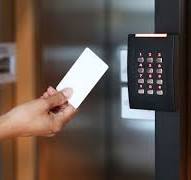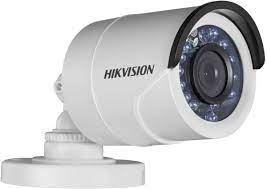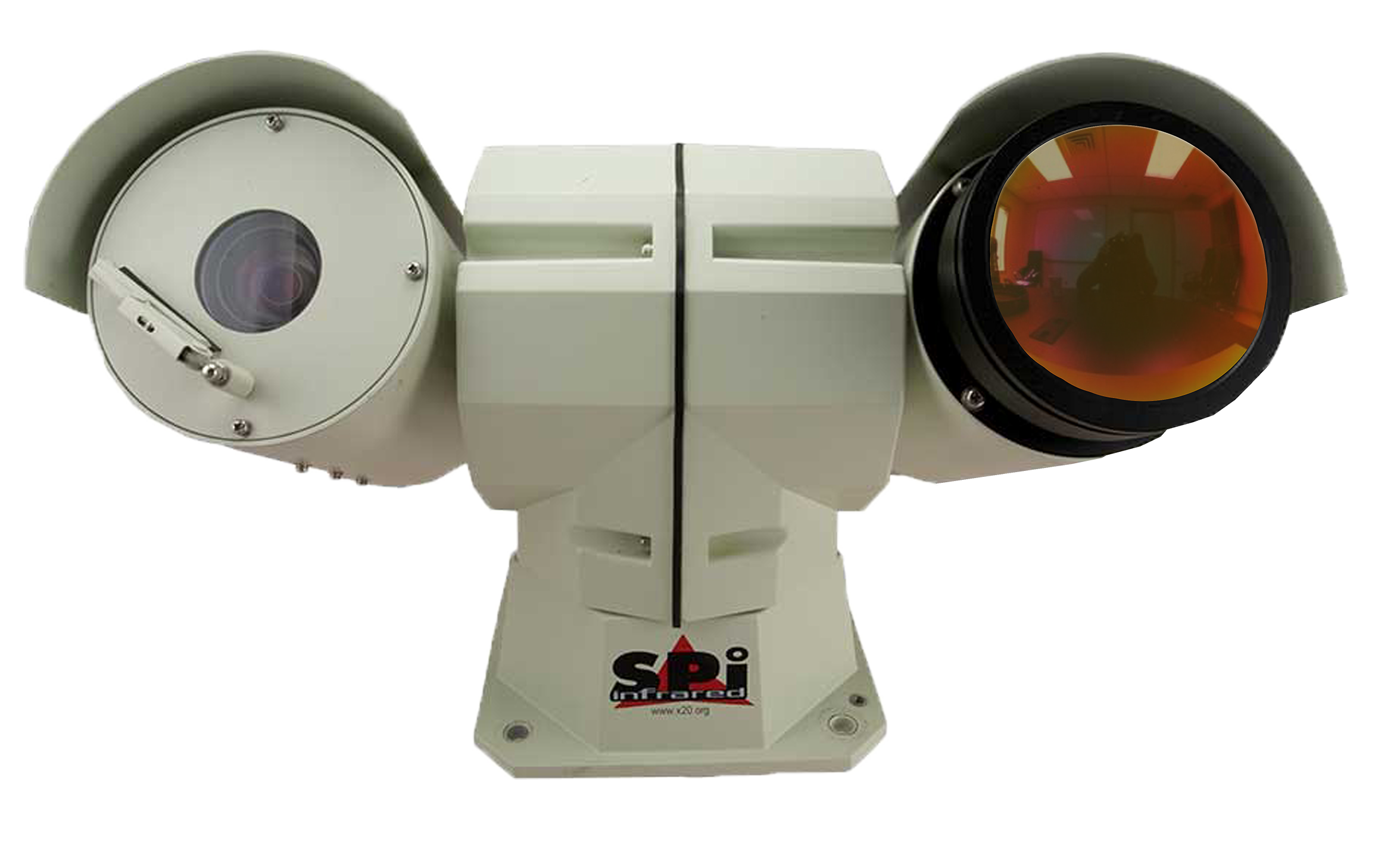Access System: Enhancing Security and Efficiency
Access control systems have become an integral part of modern security solutions, offering a convenient and effective way to manage entry and exit points in various environments. Whether it’s a commercial building, residential complex, educational institution, or government facility, access systems play a crucial role in ensuring the safety and security of occupants and assets.
One of the key benefits of access control systems is the ability to restrict unauthorized access to specific areas while allowing authorized individuals to enter seamlessly. By using credentials such as key cards, PIN codes, biometric data, or mobile apps, access systems provide a secure and convenient way to monitor and control entry points.
Access control systems offer several advantages over traditional lock-and-key mechanisms. For instance, in case of lost or stolen keys, rekeying locks can be a costly and time-consuming process. With access systems, credentials can be easily deactivated or replaced, minimizing security risks and reducing operational disruptions.
Moreover, modern access control systems are equipped with advanced features such as real-time monitoring, audit trails, integration with other security devices (such as surveillance cameras), and remote access capabilities. These features not only enhance security but also improve operational efficiency by providing valuable insights into who accessed specific areas at any given time.
From small businesses to large enterprises, access control systems offer scalable solutions that can be tailored to meet specific security requirements. Whether it’s managing employee access levels, securing sensitive areas within a facility, or monitoring visitor traffic, access systems provide a flexible and customizable approach to controlling entry points.
In addition to enhancing physical security, access control systems contribute to overall organizational safety by ensuring compliance with regulatory requirements and industry standards. By implementing robust access management protocols, businesses can mitigate risks associated with unauthorized entry, theft, vandalism, and other security threats.
In conclusion, access control systems are essential components of comprehensive security strategies designed to protect people and assets in today’s dynamic environments. By investing in reliable access solutions tailored to their needs, organizations can achieve a balance between security enforcement and operational efficiency for a safer and more secure future.
Understanding Access Control Systems: Answers to 9 Common Questions
- What is an access control system?
- How does an access control system work?
- What are the different types of credentials used in access systems?
- What are the benefits of using an access control system?
- Can access systems be integrated with other security devices?
- How can access control systems enhance security in commercial buildings?
- Are access control systems scalable for different types of organizations?
- What features should I look for when choosing an access control system?
- How do access systems contribute to regulatory compliance and industry standards?
What is an access control system?
An access control system is a security solution that regulates and manages entry to specific areas or resources within a facility. It utilizes various authentication methods, such as key cards, PIN codes, biometric data, or mobile apps, to grant or deny access to individuals based on their authorization level. By implementing an access control system, organizations can enhance security by restricting unauthorized entry and monitoring access activities in real time. This technology not only improves safety measures but also offers operational efficiency and flexibility in managing access rights across different areas of a premises.
How does an access control system work?
An access control system works by restricting or granting entry to authorized individuals based on pre-defined criteria set by the system administrator. Typically, users are provided with credentials such as key cards, PIN codes, biometric data, or mobile apps that are registered in the system. When a user attempts to access a secured area, they present their credentials to a reader or scanner connected to the access control system. The system then verifies the credentials against its database and determines whether to grant or deny access based on the user’s permissions. Access control systems can also be integrated with other security devices for enhanced monitoring and control, providing a comprehensive solution for managing entry points in various environments.
What are the different types of credentials used in access systems?
Access systems utilize various types of credentials to authenticate and authorize individuals’ entry into secured areas. Commonly used credentials include key cards, which are swiped or tapped on card readers for access; PIN codes, requiring users to enter a unique numerical code; biometric data, such as fingerprints or retinal scans for identity verification; and mobile apps that enable users to access controlled areas using their smartphones. Each type of credential offers its own level of security and convenience, allowing organizations to choose the most suitable option based on their specific requirements and preferences.
What are the benefits of using an access control system?
One of the most frequently asked questions about access control systems is, “What are the benefits of using an access control system?” Access control systems offer a wide range of advantages, including enhanced security, convenience, and operational efficiency. By restricting unauthorized access to specific areas while allowing authorized individuals to enter seamlessly, access systems help prevent security breaches and protect valuable assets. Moreover, features such as real-time monitoring, audit trails, and integration with other security devices provide valuable insights and ensure compliance with regulatory requirements. Overall, access control systems play a crucial role in ensuring a safe and secure environment while improving overall organizational safety and productivity.
Can access systems be integrated with other security devices?
Access systems can indeed be integrated with other security devices to create a comprehensive and interconnected security infrastructure. By integrating access control systems with surveillance cameras, alarms, intercoms, and other security devices, organizations can enhance their overall security posture and improve incident response capabilities. This integration allows for seamless communication between different components of the security system, enabling real-time monitoring, automated alerts, and coordinated responses to security events. Ultimately, the ability to integrate access systems with other security devices enhances situational awareness and strengthens the overall effectiveness of the security ecosystem.
How can access control systems enhance security in commercial buildings?
Access control systems play a crucial role in enhancing security in commercial buildings by providing a layered approach to controlling entry and exit points. By using credentials such as key cards, PIN codes, biometric data, or mobile apps, access systems ensure that only authorized individuals can access specific areas within the building. This helps prevent unauthorized entry, theft, vandalism, and other security threats. Additionally, access control systems offer features such as real-time monitoring, audit trails, and integration with other security devices like surveillance cameras, allowing for enhanced visibility and control over building access. By implementing robust access management protocols tailored to the unique needs of commercial establishments, access control systems contribute to a safer and more secure environment for occupants and assets.
Are access control systems scalable for different types of organizations?
Access control systems are highly scalable and adaptable to meet the varying needs of different types of organizations. Whether it’s a small business, a large corporation, a government agency, or an educational institution, access systems can be customized to accommodate the size, complexity, and security requirements of each organization. With flexible configurations and integration capabilities, access control systems can easily expand or evolve as the organization grows or its security needs change. From managing employee access levels to securing multiple entry points across various locations, access systems offer a versatile solution that can be tailored to suit the specific demands of any organization, making them an ideal choice for enhancing security and access management across diverse environments.
What features should I look for when choosing an access control system?
When choosing an access control system, it is essential to consider several key features to ensure that it meets your security needs effectively. Some important features to look for include scalability, ease of integration with existing security systems, user-friendly interface for managing access levels and permissions, robust authentication methods such as biometrics or smart cards, real-time monitoring and reporting capabilities, remote access management options, and compliance with industry standards for data protection and encryption. By evaluating these features carefully, you can select an access control system that not only enhances security but also aligns with your organization’s specific requirements for efficient access management.
How do access systems contribute to regulatory compliance and industry standards?
Access systems play a crucial role in ensuring regulatory compliance and adherence to industry standards by providing a secure and auditable method of controlling entry points within facilities. By implementing access control measures, organizations can restrict unauthorized access to sensitive areas, thereby safeguarding confidential information, valuable assets, and ensuring the safety of individuals within the premises. Access systems also enable businesses to monitor and track entry and exit activities in real-time, generating detailed audit trails that can be used to demonstrate compliance with regulatory requirements. Furthermore, access control systems can be customized to align with specific industry standards and protocols, ensuring that organizations meet the necessary security guidelines and regulations set forth by governing bodies. In this way, access systems contribute significantly to maintaining a secure environment that complies with regulatory mandates and industry best practices.



